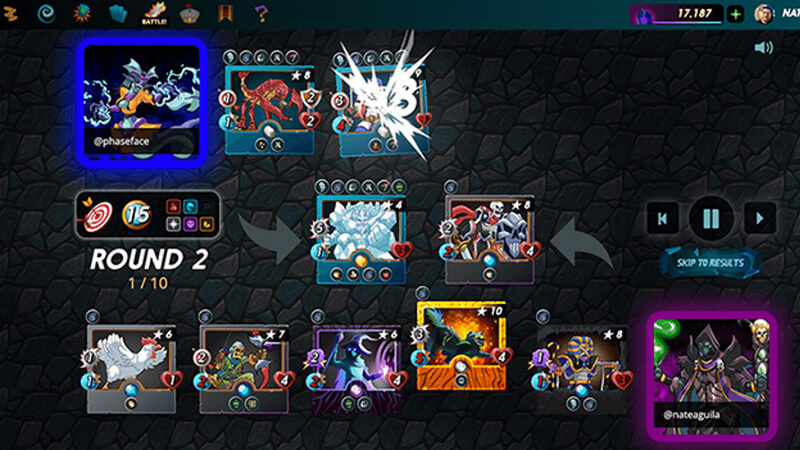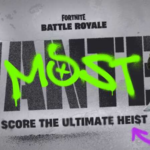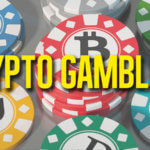Published on: 09/12/2021
Splinterlands: NFT Collectible Card Game Review
Splinterlands is an NFT-based collectible card game with play-to-earn functionality. The NFTs involved in the game have various collectible aspects including rarities, stats, elements, abilities, and more. Users are required to put time and effort into deck building. There are hundreds of different NFT cards available that can be combined in unique and powerful decks. Players can do lots of things with their cards (on top of normally playing the game). Players can combine, convert, trade, sell and rent the cards in exchange for either other cards or crypto earnings.

The Gameplay
Card decks contain two types of cards: summoners and monsters. The monsters do the actual fighting, while the summoners provide stats and effects. Six magic types are available to choose from, with specific summoners for each type. Like in just about any card game, the cards provide on their abilities, stats, levels, experience and so on.
Splinterlands features several different stats and aspects, such as attack, defense, health and speed, that determine things like fight power and attack order. Beyond the card aspects, Splinterlands features more gameplay elements: guilds, competitive leagues, leaderboards and quests. The latter can earn users additional cards and items.
Ranked Battles
Ranked battles in particularly important. They are how users establish their rankings, leaderboard positions, and also how they earn rewards. Rewards are capped to prevent bots and players, who have more time than sense, from monopolising the game and bullying others off the ranking list. Rewards are lowered over time thanks to an energy multiplier that goes down after each battle. The energy multiplier recovers slowly over time to give everyone a fair chance to play and win.

Splinterlands NFTs
As mentioned, the cards in Splinterlands are NFTs. These provide the benefits of user-owned assets. In games such as Hearthstone, the publisher, Blizzard-Activision, continues to own assets even if users paid to use them. That’s not the case in NFT games, as the cards actually move into the wallet of their owner, and can’t be taken away against said owner’s will, or without their permission.
The Hive Blockchain
Splinterlands takes advantage of this functionality and gives users the power to decide how they want to handle their assets and cards. Unlike quite a lot of crypto games that are based on the Ethereum blockchain (or Polygon or Matic), Splinterlands is based on the Hive blockchain. It is a good choice for crypto games and provides a number of benefits. These benefits include fast and free transactions, wallet addresses that can be read and remembered easily, and advanced wallet recovery options. The latter is something that’s quite an issue for a lot of users on other chains.
Splinterlands In-Game Currency
In addition to the card NFTs, Splinterlands also features a currency named DEC or Dark Energy Crystals. They are the currency used in-game. DEC is available both to purchase from exchanges and through in-game drops after winning battles. DEC allows users to buy all types of items and boosts to help out their card decks. Users can also convert cards they have but don’t want straight into DEC without having to sell them to someone else.
-
Crypto Gaming News // 2021-12-09
Voxies: Crypto Game Review
-
Crypto Gaming News // 2021-12-10
ZED RUN: Digital Horse Racing Platform



